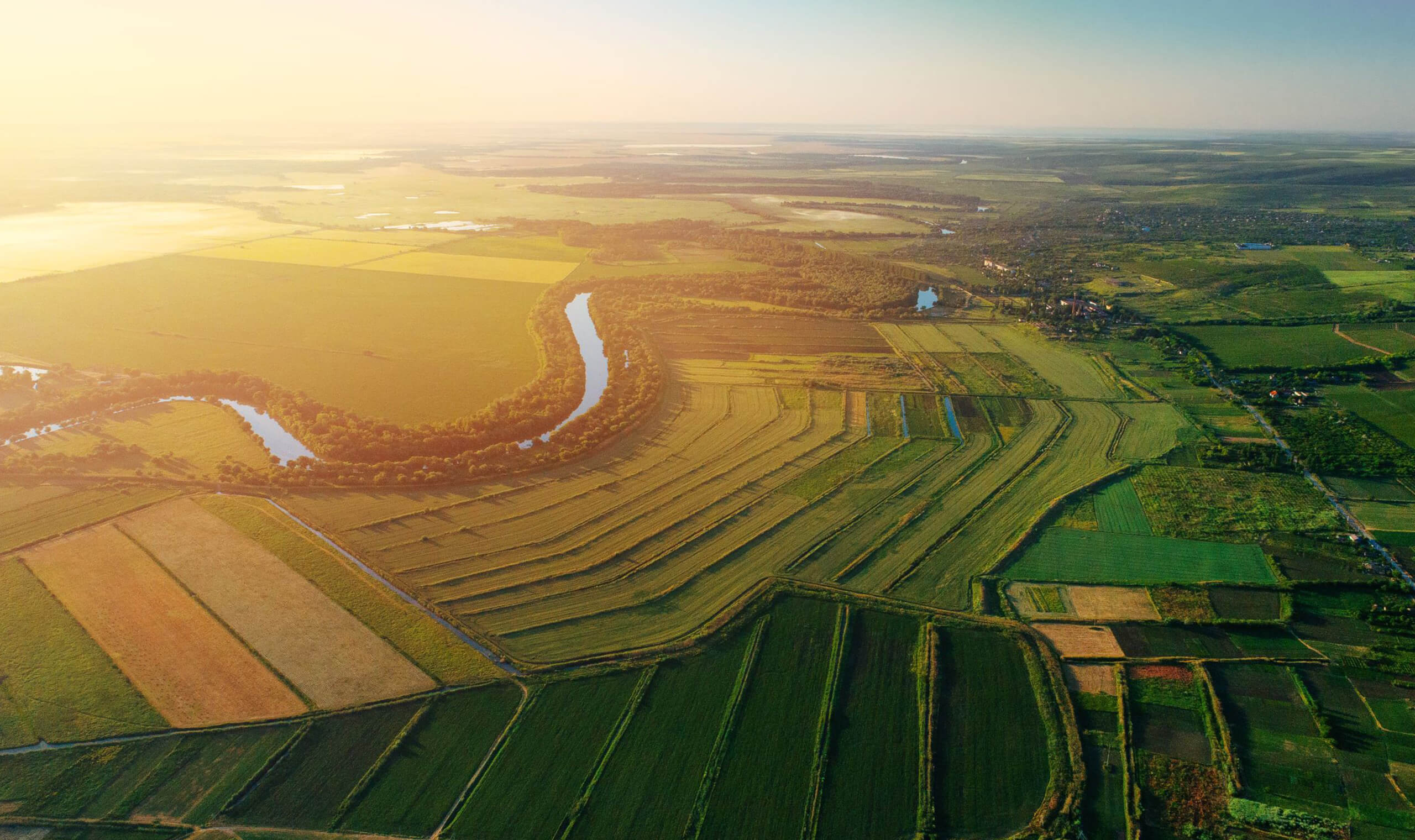New products
Showing all 25 results
Showing all 25 results

Cahul, located in the far south of Moldova, is a distinctive wine-producing area that combines a rich cultural winemaking heritage with highly favorable natural conditions. Part of the broader Ștefan Vodă wine region, it benefits from a warm, sunny climate with temperate-continental influences and fertile soils that underpin the exceptional quality of its wines. The dominant soil types in the area are fertile black earth (chernozem) — particularly carbonate and common subtypes — with loamy-clay textures that retain moisture yet drain well, promoting balanced vine growth. This terroir, shaped by gently rolling hills, river valleys, and varied slopes, creates microclimates that allow both international and local grape varieties to express their full potential. Grape cultivation in Cahul focuses primarily on black varieties, with Merlot and Cabernet Sauvignon leading the way in red wine production, yielding full-bodied, intensely colored wines with concentrated fruit and firm tannins. White varieties such as Chardonnay and Sauvignon Blanc thrive here, producing aromatic, lively wines with crisp acidity, while the indigenous Fetească Albă adds a layer of local authenticity with its delicate floral and fresh fruit notes. The region’s winemaking styles are diverse, though full-bodied reds are its hallmark, often aged to develop complex layers of ripe berries, spices, and velvety textures. Crisp, refreshing whites and vibrant rosés also play an important role, offering balance to the portfolio. Some producers experiment successfully with sparkling wines, using both traditional and modern methods to create fresh, fruit-driven bottles with fine effervescence. Overall, the wines of Cahul are characterized by their pronounced varietal expression, harmonious balance between fruit and structure, and a terroir-driven depth that reflects the region’s warm climate, fertile soils, and thoughtful craftsmanship. Whether bold reds, elegant whites, or distinctive sparkling styles, Cahul’s wines stand as a testament to the potential of southern Moldova’s viticulture.